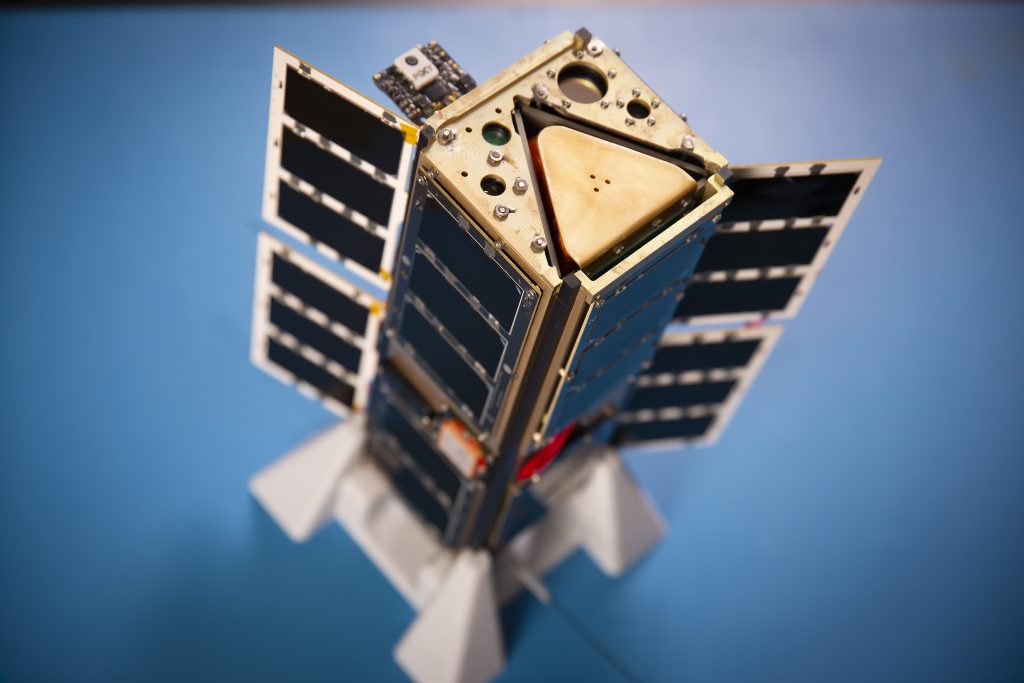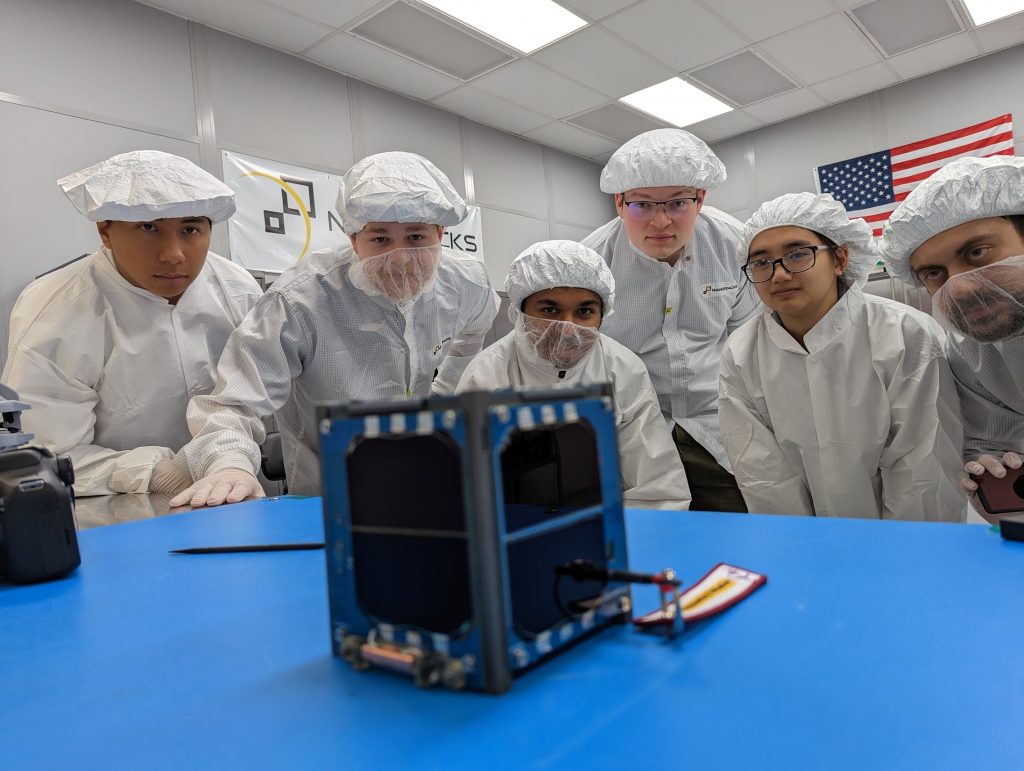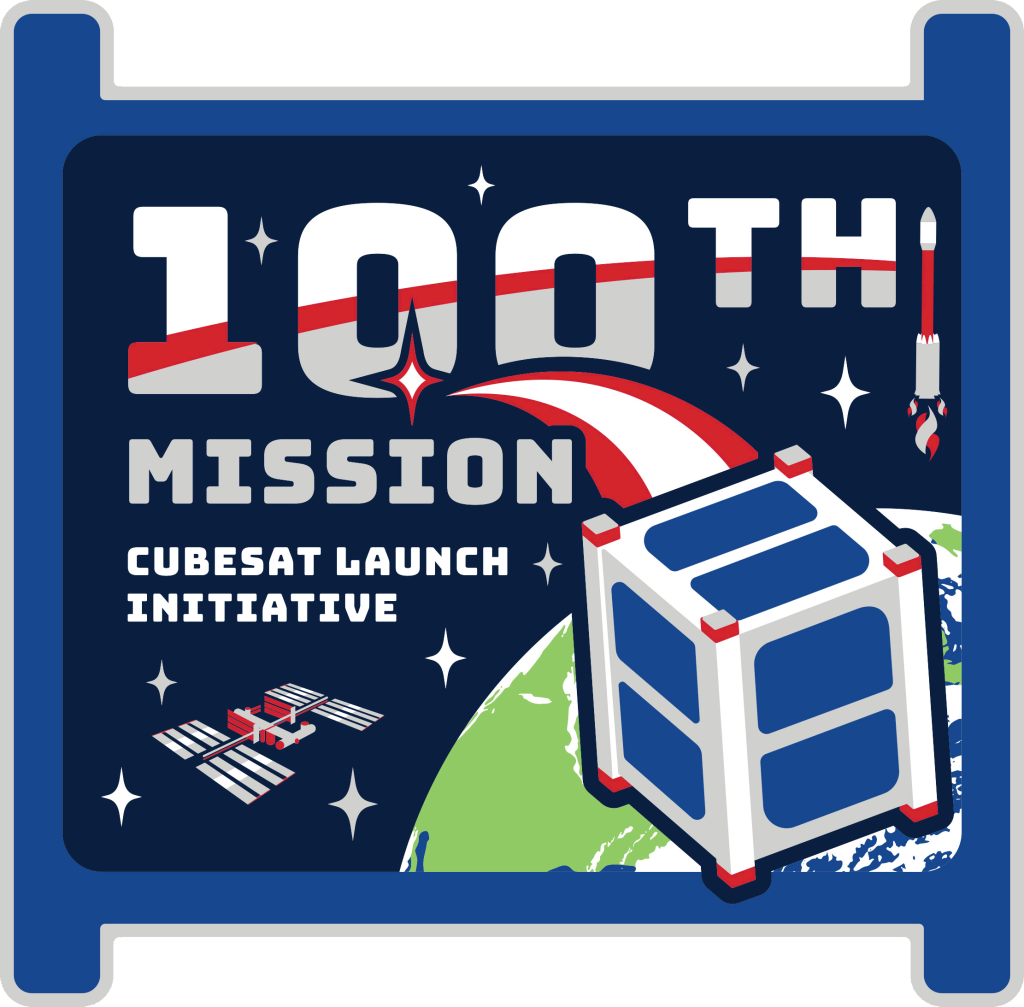CUBESAT LAUNCH INITIATIVE
CubeSat Launch Initiative (CSLI)

NASA’s CubeSat Launch initiative (CSLI) provides low-cost access to space for U.S. educational institutions, informal educational institutions such as museums and science centers, non-profits with an education/outreach component, and NASA centers for early career workforce development. The initiative’s intent is to inspire and develop the next generation of scientists, engineers, and technologists by offering a unique opportunity to conduct scientific research and develop/demonstrate novel technologies in space. The initiative is an integrated cross-NASA collaborative effort to streamline and prioritize rideshare and deployment opportunities of CubeSats. CubeSats are a class of research spacecraft called nanosatellites. The cube-shaped satellites are spacecraft sized in standardized units or Us, typically up to 12U. A CubeSat unit is defined as a volume of about 10 cm x 10 cm x 10 cm and typically weighs less than 2 kg.
Educational Launch of Nanosatellites (ELaNa)
Each year, NASA releases an Announcement of Partnership Opportunity with detailed instructions on how an interested eligible organization may submit a proposal for a CubeSat project. NASA’s Launch Services Program (LSP) will pair selected CubeSats with launches that are best suited for each CubeSat’s mission and ready date, taking into consideration the planned orbit and any special constraints the CubeSat’s mission may have. Once CubeSats are paired to a launch, an Educational Launch of Nanosatellites (ELaNa) mission number is assigned. An ELaNa mission simply describes the complement of CSLI selected CubeSat(s) that are flying along as auxiliary payloads on the primary launch mission. Deployment of the CubeSats can be either directly from the launch vehicle, or more commonly, taken to the International Space Station where it is deployed by a crewmember per a predetermined schedule. Since its inception, the CubeSat Launch Initiative has launched over 150 CubeSats on more than 40 ELaNa missions.


